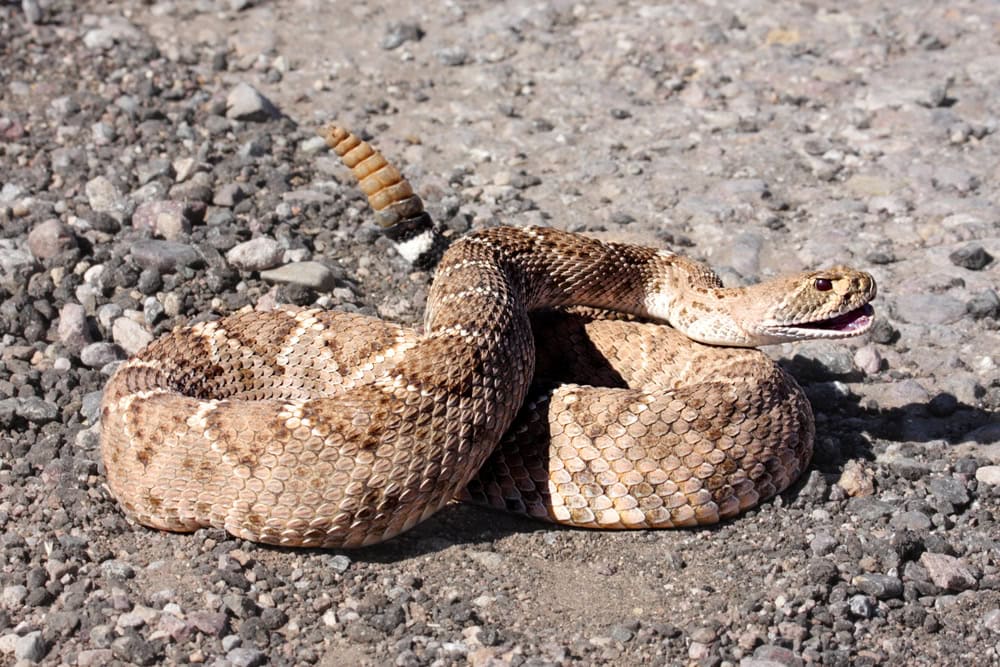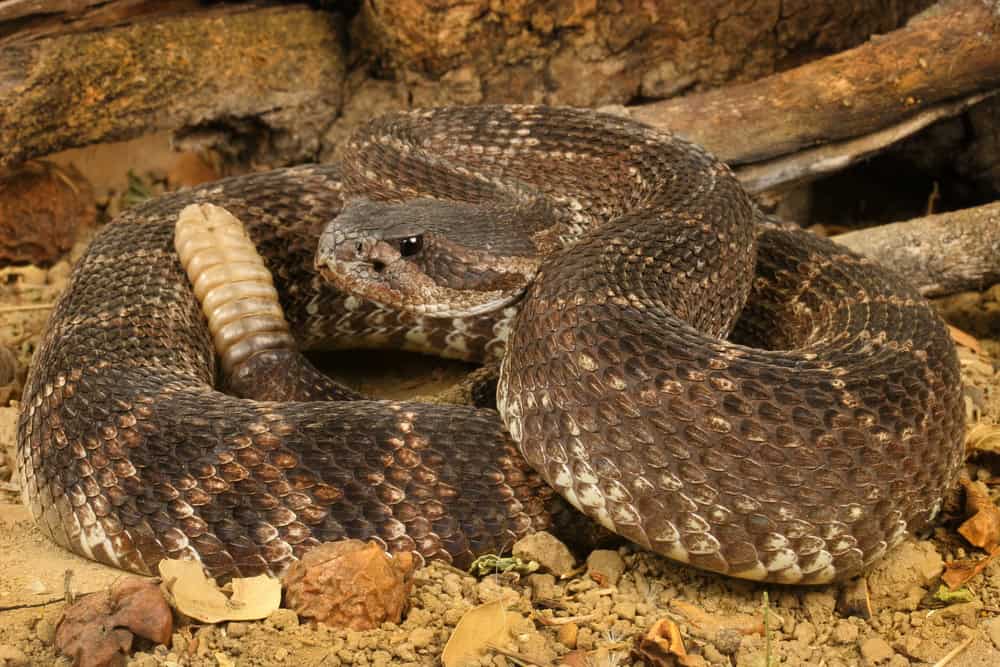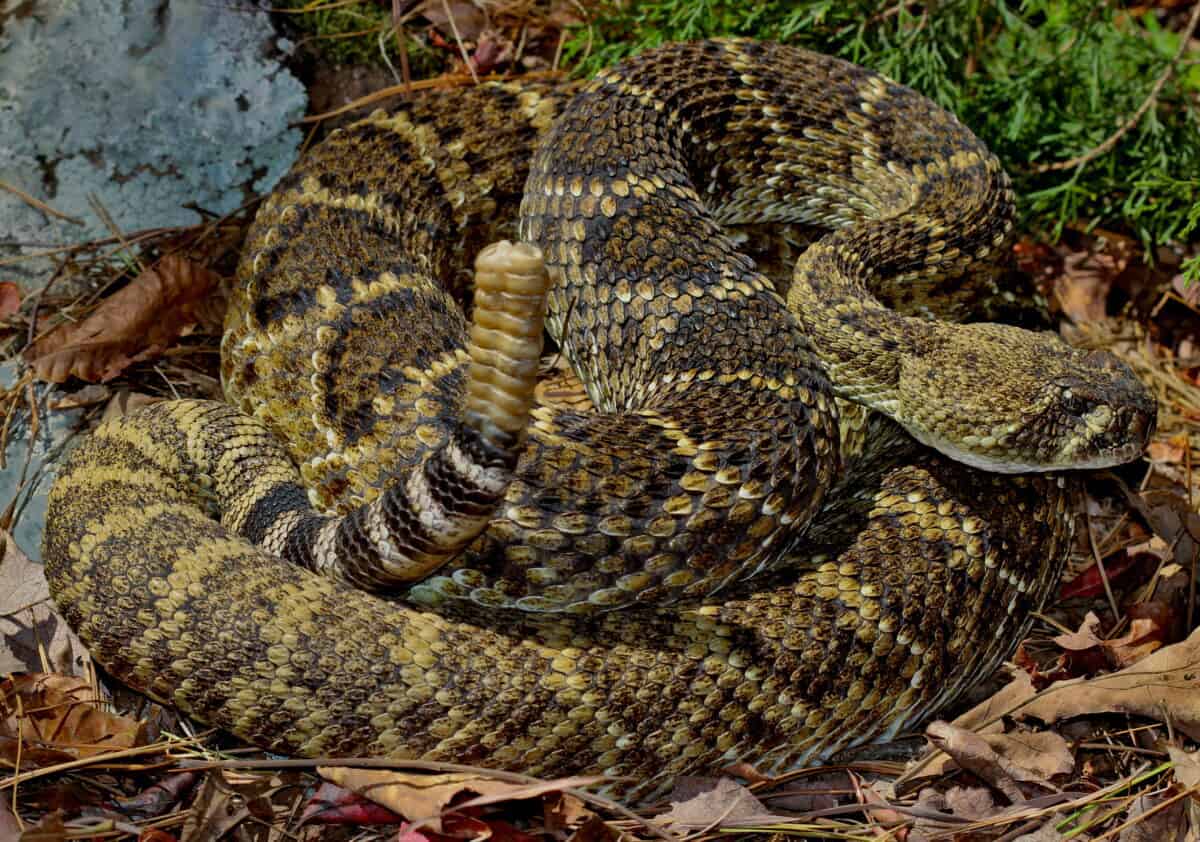In the heart of the Lone Star State, Texas has always been known for its vibrant wildlife and expansive landscapes. Among the diverse array of creatures that call this state home, rattlesnakes hold a special, albeit spine-tingling, place in both ecological and cultural lore. Recently, a discovery that could be described as both astonishing and slightly unsettling was made: the largest rattlesnake den ever found in Texas. This article delves deep into the significance of this find, exploring the world of these fascinating reptiles.
The Discovery: Unveiling the Largest Rattlesnake Den

The discovery of the largest rattlesnake den in Texas was made in a remote area, where miles of untouched terrain provide the perfect habitat for these reptiles. This extraordinary find consisted of hundreds of rattlesnakes, predominantly Western Diamondbacks, cohabiting in a massive burrow system. The sheer scale of this den left herpetologists, naturalists, and locals both captivated and curious.
Why Texas? The Ideal Habitat for Rattlesnakes

Texas is a haven for rattlesnakes, thanks to its diverse environments that range from deserts to forests. The state’s climate and terrain offer ample food sources and suitable sites for dens. Rattlesnakes are cold-blooded, requiring warm environments to thrive, making Texas’s climatic conditions particularly favorable for their survival.
Understanding Rattlesnake Behavior

Rattlesnakes exhibit fascinating behaviors, including complex social structures, especially during hibernation. During colder months, rattlesnakes usually gather in dens for brumation, a hibernation-like state. This communal living helps them conserve heat and energy, crucial for survival during the winter months.
The Role of Rattlesnakes in the Ecosystem

As predators, rattlesnakes play a pivotal role in controlling the population of rodents and other small animals, thus maintaining ecological balance. Their presence is indicative of a healthy ecosystem, as they sit comfortably among the checks and balances of the food chain.
The Anatomy of a Rattlesnake: A Look at Their Adaptations

Rattlesnakes possess unique adaptations that have perfected their survival skills. Their hinged fangs and potent venom make them effective predators, while their heat-sensing pits allow them to detect warm-blooded prey even in darkness. The rattle itself, located at the end of their tail, is an unmistakable warning device, evolved to deter potential threats.
Myths and Misconceptions About Rattlesnakes

Despite their crucial role in nature, rattlesnakes are often misunderstood and feared. Many myths surround these reptiles, such as the idea that baby rattlesnakes are more dangerous than adults due to uncontrolled venom delivery. Understanding and debunking these misconceptions can help foster a more informed and respectful coexistence.
The Importance of Conservation for Rattlesnakes

While rattlesnakes may invoke fear in some, they are nonetheless an important part of biodiversity. Conservation efforts aim to protect their habitats and ensure these species continue to thrive. Human activities, such as habitat destruction and poaching, pose significant threats to their populations.
Human Interactions: Safety and Education

In regions where rattlesnakes are common, education about safety and coexistence is crucial. Understanding their behavior can help reduce unwanted encounters. Simple precautions, like wearing boots when hiking in rattlesnake territory and being aware of their presence, can promote safety.
Rattlesnake Research: Ongoing Studies and Discoveries

Research on rattlesnakes continues to offer insights into their behavior, genetics, and ecological impact. The recent discovery of the largest den in Texas provides researchers with a unique opportunity to study these creatures more closely, potentially uncovering new information about their social structures and survival strategies.
The Cultural Significance of Rattlesnakes in Texas

Rattlesnakes hold cultural significance in Texas, featuring prominently in folklore and as symbols of the wild frontier. Their rattle, for instance, is often associated with the spirit of the land, embodying both danger and beauty, much like the rugged terrain of Texas itself.
Future Prospects: The Impact of the Discovery

The discovery of the largest rattlesnake den in Texas may influence future wildlife management and conservation strategies. Understanding how rattlesnake populations thrive can assist in developing more effective habitat protection and conservation policies.
Conclusion: A Marvel of Nature

The largest rattlesnake den ever found in Texas is a testament to the resilience and adaptability of wildlife. It serves as a reminder of the natural wonders hidden in plain sight, waiting to be discovered, understood, and protected. As we continue to study these fascinating reptiles, let us strive to balance our coexistence with nature, embracing both its beauty and its inherent mystery.
- Surprising Facts About Animals That Can and Can’t Fart - August 19, 2025
- This Bird Migrates 12,000 Miles Without Landing Once - August 18, 2025
- The World’s Dumbest Animals You Won’t Believe How Silly They Are - August 18, 2025

